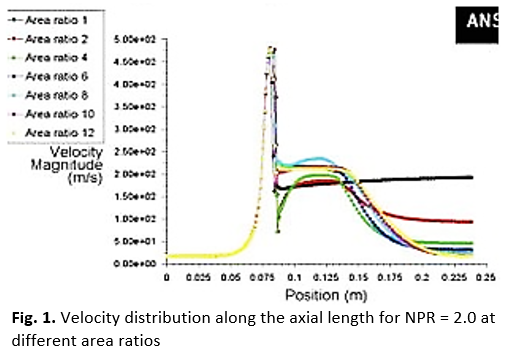Comparative Study of Internal Flow Dynamics Using CFD For of Sudden Expansion Pipe
DOI:
https://doi.org/10.37934/afhme.5.1.3744aKeywords:
Sudden expansion pipe, flow separation, recirculation zone, turbulence modeling, Reynolds number, expansion ratio, pressure drop, velocity profiles, grid independenceAbstract
The flow through sudden expansion pipes is a fundamental fluid dynamics problem, characterized by flow separation, recirculation zones, and turbulence. This research investigates the behavior and dynamics of fluid flow in these geometries, emphasizing advancements in theoretical, experimental, and computational approaches. Critical phenomena, such as pressure drop, reattachment length, and turbulence intensity, are thoroughly analyzed. The study emphasizes the effects of Reynolds number and expansion ratio on flow characteristics, as well as the significance of turbulence models, grid resolution, and boundary conditions in computational analyses. Analytical methods provide foundational understanding, while experimental results serve as benchmarks for validating computational fluid dynamics (CFD) models. Additionally, the research examines industrial applications where sudden expansion flows affect performance, such as in pipelines, heat exchangers, and combustion systems. Emerging technologies, including hybrid turbulence models, direct numerical simulations, and machine learning in CFD, offer improved predictive accuracy. The study highlights the value of integrating experimental, computational, and analytical approaches to enhance predictions of flow behavior in sudden expansion of geometries.













